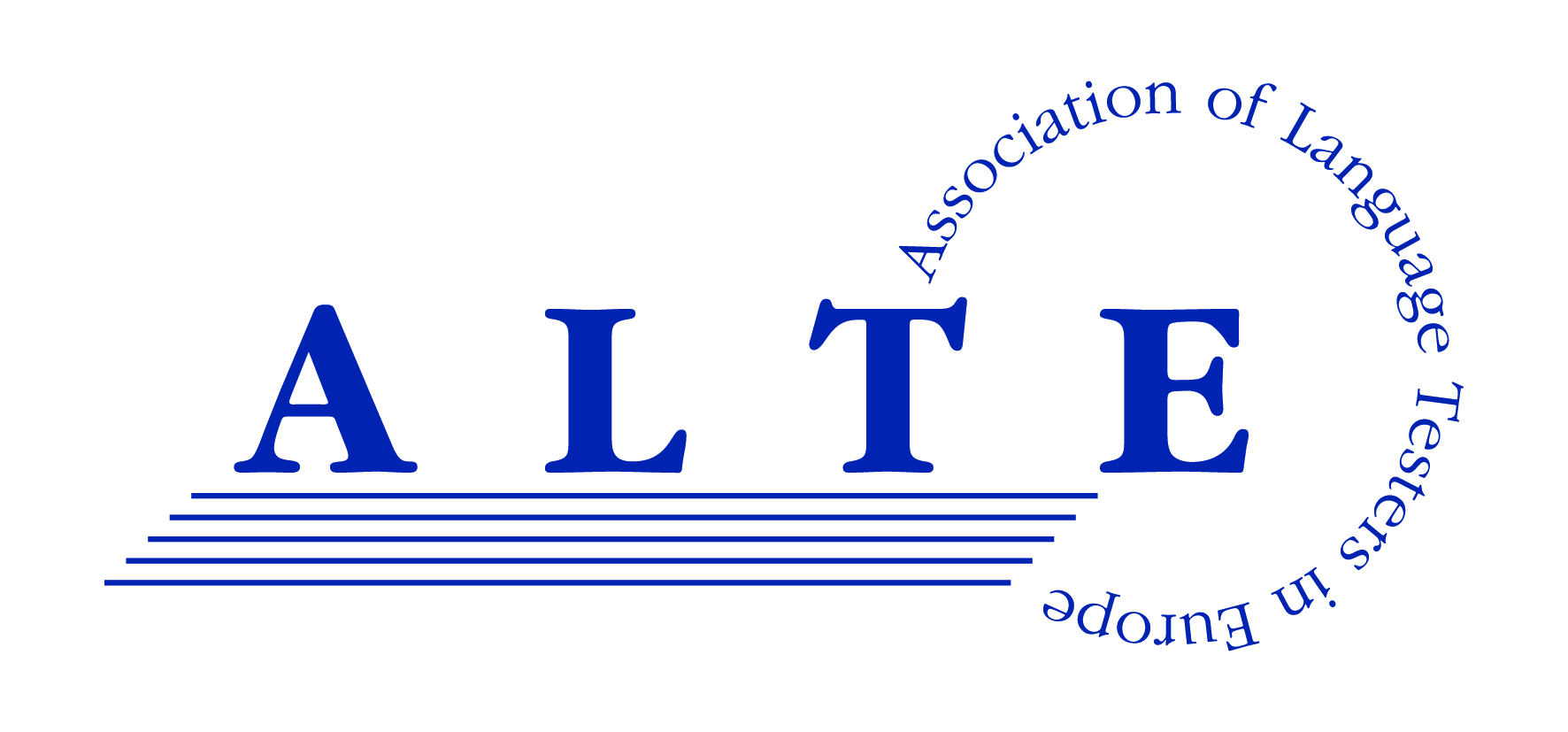We have talked to a graduate of the Krystal study center (2012-2013 academic year), Natalia, who entered the Architecture program of the Czech Technical University (FA ČVUT) and has already graduated from her master’s degree there. She told us about her experience of entering and studying and gave a couple of practical tips for future students of FA ČVUT.
On behalf of Krystal, the interview was conducted by our graduate Anek, the photos are taken from Natalia’s personal archive.
Krystal: Hi! Let’s start with a fast poll: who are you, where are you from, where did/do you study and what do you study?
Natalia: My name is Natalia. I am from Irkutsk. I came to the Czech Republic in 2012 to study at ÚJOP Krystal courses. Then I got accepted to the Faculty of Architecture at ČVUT. 4 years later, I received a bachelor’s degree and entered master’s program at the same university, which I am already finishing, working in an architectural firm at the same time.
K: Did you speak Czech when you came to the Czech Republic?
N: No, I could not even say “Ahoj!”.
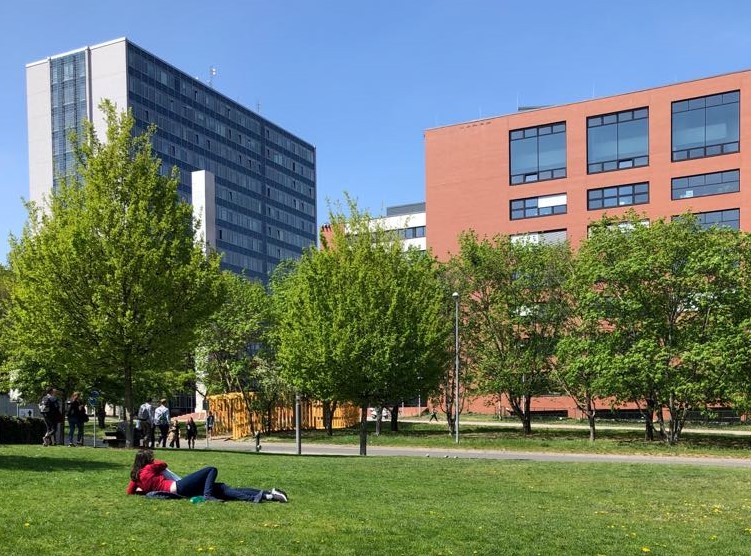
K: Architecture is considered a creative discipline and the exams take place earlier than at many other faculties. Did you manage to learn Czech to pass the exam?
N: The entrance exams themselves took place in January, but we had already submitted our applications (přihlášky) in October. In 2019, the applications can be submitted from October 15 to November 30. The nostrification took place in April, but there were no SCIO exams at that time. In fact, I passed the přijímačky (entrance exams) after 4 months of learning Czech.
Now, to pass the entrance exam, you need to bring a Czech proficiency certificate at the B1 level no later than on the day of the exam. Also, on the day of your enrollment, i.e. in summer or even in autumn of the following year, you need to show a B2 level certificate. For those who study at Krystal, these requirements are achievable.
K: What are the entrance exams like?
N: A lot has changed since the time I took the entrance exams, so I will talk about today’s requirements.
Přijímačky are divided into 2 stages. The first stage consists of four parts: creative exam, spatial thinking exam, general knowledge test and SCIO. In SCIO, you need to score 1 point. Examples of the spatial thinking tasks and tests of general knowledge can be found on the faculty website.
K: Could you please tell us more about the creative exam? What are the requirements there?
N: This year the creative exam includes three tasks:
Model drawing, which is a realistic still-life drawing composed of basic geometric solids. A2 format pencil drawing.
Abstract composition: here you need to create a spatial composition from the given geometric solids. A3 format color perspective sketch.
Perspective: A perspective sketch of a 3D object from the point of view of a standing person, based on the provided site plan. You are working with A3 format.
In this part, it is important to show the examiners that you can correctly display perspective, that you have spatial thinking, imagination, and also that you actually can draw. This is the basic set of skills. In general, it is important that you don’t have any serious or typical mistakes. For example, if you do not know how to build a perspective, it is an outpoint.
When I was taking the entrance exams, it was like this: our post-Soviet applicants prepared hard for the creative exam, but had worse results in tests, while Czech boys and girls, on the contrary, were better at tests, but barely passed the creative exam.
You only need to do two things for thist – learn Czech and prepare well for the entrance exams.
All this can be done on ILPS preparatory courses of Charles University
Apply in time!
K: Is it then possible to neglect preparation for the tests, hoping to succeed in the creative exam?
N: No, you can’t do that under any circumstances. Because your score is the sum of the results of all exams. And you need to maximize your chances. Well, after all, you study in Krystal not only for the sake of passing the exams, but also in order to keep up with Czech students at the university later. To do this, at the language courses, you already need to start learning professional vocabulary and developing the ability to understand by ear and speak.
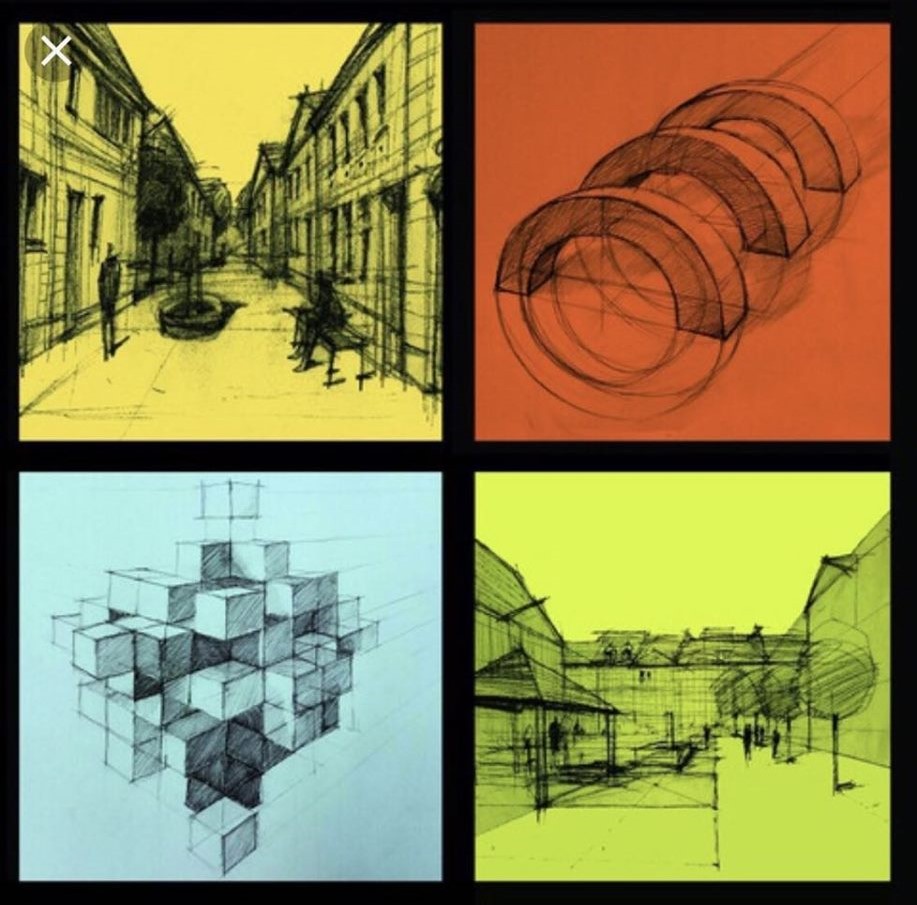
K: Speaking of conversations: what is the second stage of the exam, the interview, like?
N: I hasten to say that not everyone takes part in the second stage. Those who got very high scores at the first stage can be accepted at once. And those who showed a low level of knowledge and skills are screened out right away.
If you got to the second stage, you need a portfolio with your works. It should contain no more than 15 pieces. Format: A1 is the maximal. The works have to be in the field of fine arts, architecture, landscape architecture or design. When I applied, I brought standard drawings of plaster heads, plein air drawings, etc.
With this portfolio, you come to the assigned classroom and wait your turn. In the classroom there is a committee of three people. You come in. They take a look at your score for the first stage. Then they ask you some simple questions: who you are, what you are, where you studied, why you decided to enter the faculty of architecture. They may ask you about architectural styles, design, history, etc. No one expects you to have deep knowledge, but you need to have some general ideas.
In addition, the examiners evaluate your ability to communicate and discuss. The second stage is held in early March, by that time students of Krystal are well on the way towards the B2 level, so you don’t have to worry. However, the applicants are still quite nervous. There was a situation when a girl born in Prague could not say who is sitting on a horse on Wenceslas Square. She was just too nervous and froze after this simple question. Anyway, I feel like the purpose of the oral exam is to check whether you are in your right mind (laughs).
For this stage, you also get some points that are added to your final result. And then držíme palce (we have our fingers crossed) to be among those who have been accepted for study. You will get the results in March: first they will be published on the website, and then you will receive an official letter.
A schedule of admission procedures and requirements can be found on the university website in the “Admissions” section.
K: Okay, let’s say you have been accepted. Now you need to buy different art supplies for studying. How to save money?
N: Firstly, you can use university equipment. You will be attached to an art workshop (ateliér) of one of the teachers. In this workshop you will have your own spot – a table and your own locker. You can spend days there: by painting, drawing and reading. You will have an electronic key to enter the room. If you need an easel, you should go to special workshops for painting. You can work there when that workshop is free. Even if there is someone inside, you can always stand in a corner and quietly draw, without disturbing anyone.
Secondly, you do not need to take expensive paper for your drawings. Everyone buys wrapping paper in rolls (balicí papír). You can buy such paper in a stationery store (papírnictví) on the second floor of the Faculty of Civil Engineering. At the same time, no one would mind if you use both sides of a piece of paper, or even paper with something written or printed on the other side. Because, in fact, it’s eco-friendly!
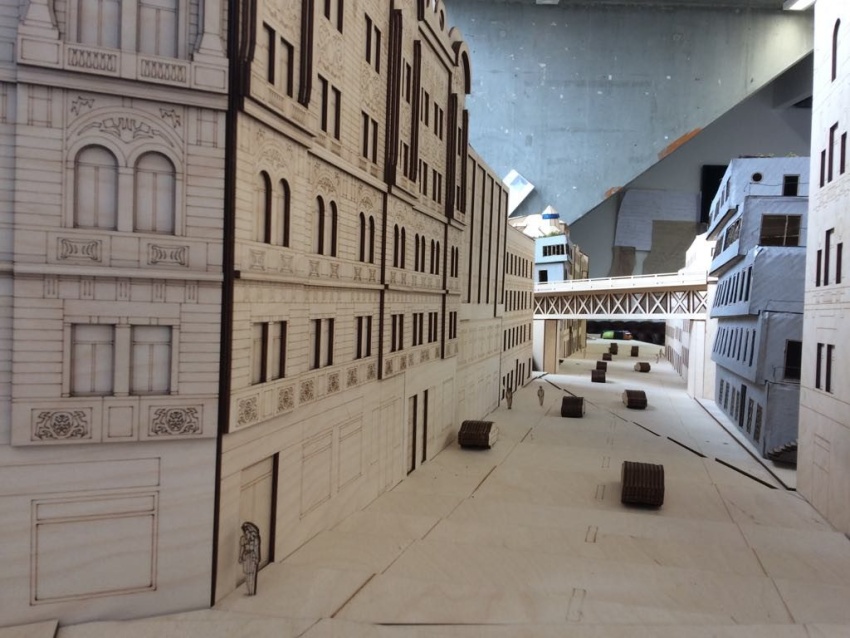
For drawing, you should definitely have lead pencils or charcoal. They are not that expensive. Everything else is up to you and your budget. For technical drawing, you definitely need a ruler, templates, a compass divider, pencils and felt-tip pens. This is the minimum. For your projects, it is enough to have pencils and markers. You don’t have to buy expensive paints. You also need to buy a roll of tracing paper (pauzák) for the projects. You can find it in the same papírnictví of the Faculty of Civil Engineering.
In the city center, there is also Zlatá loď shop, but it is more expensive. Stationery and art supplies are expensive in general. There’s nothing you can do about it.
K: What do you spend most of your money on?
N: The biggest one-time expense is printing of a poster (plachta) and a model at the end of each semester. Prices of poster printing start from 300 crowns. Model costs may differ. You can buy cheap cardboard and cut everything yourself, or you can make a model of expensive cardboard and even have it laser-cut. However, what is evaluated is the carefulness with which you create your model, so no one is interested in either the price of your cardboard or the method of cutting it.
You only need to do two things for thist – learn Czech and prepare well for the entrance exams.
All this can be done on ILPS preparatory courses of Charles University
Apply in time!
K: Ok, let’s say, you’ve done the shopping and are ready to learn. What does your studying begin with?
N: It begins with your class schedule appearing in your personal account in the KOS information system one or two weeks before the start of the semester. And – surprise – in the first year of your bachelor’s degree studies, you are not able to make or change your own schedule.
In the first semester you will have about 10-12 subjects, one of which is your project. Each semester you will have a specific type of project: fundamentals of design, residential construction, public building, etc. The rest of the subjects are basic: mathematics, design fundamentals, descriptive geometry, etc.
The unchanging schedule has one big advantage – socialization. You basically study with one group for a whole year. You develop some relationships and even friendships.
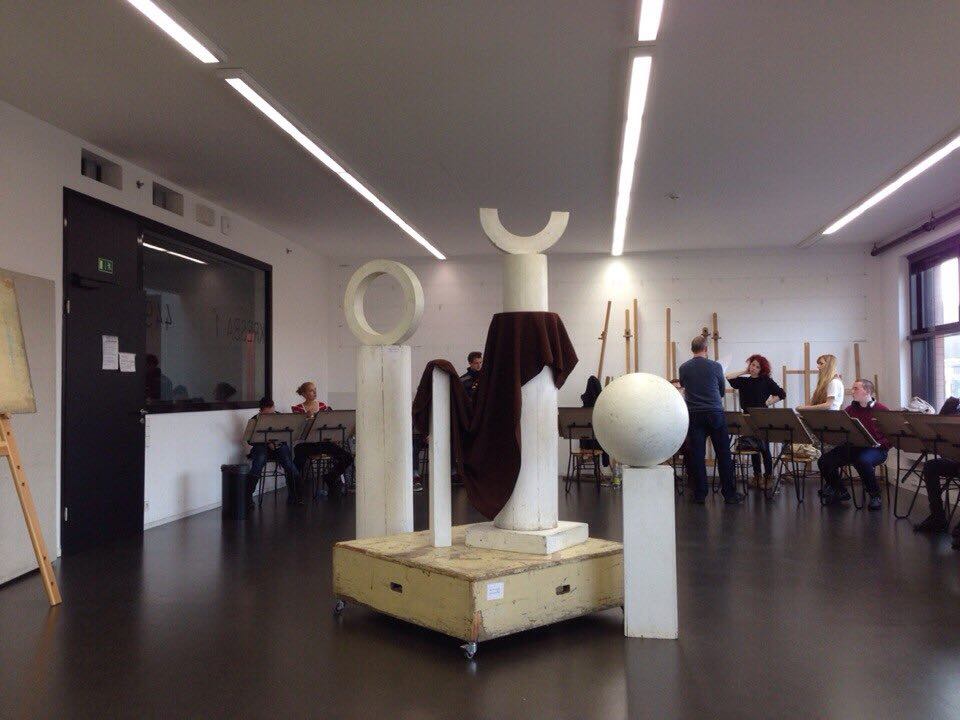
K: Where can I find out more about the training process?
N: ČVUT has a White Book (Bílá Kniha). More precisely, white books, because each faculty has its own book. In these books you can find answers to all questions related to study. However, I can give you a few pieces of advice that are definitely not in the book.
Firstly, attend lectures, although it is not required. At lectures, you will learn what exactly the teachers want you to remember. This will help you succeed in the exam later. In addition, during the lectures you will increase and consolidate your professional vocabulary.
Secondly, communicate with teachers in written form. Even if you have settled something verbally, write an email saying that you are writing in follow-up to your conversation to make sure that you have understood everything correctly. You need this because there are lots of students, and a teacher may not remember that, for example, you are excused from class, so you will get an absence and will not be allowed to take the exam.
Thirdly, in no case should you miss practical classes. But sometimes you can do so with other classes. There will be several groups with the same subjects at a different time. Your absence can be covered by coming to a certain class with another group, but for this you again need to settle this with the teacher so that you will be allowed not only to enter the classroom, but also to participate in the seminar. Covering your previous absence also needs to be recorded in written form or confirmed by an email.
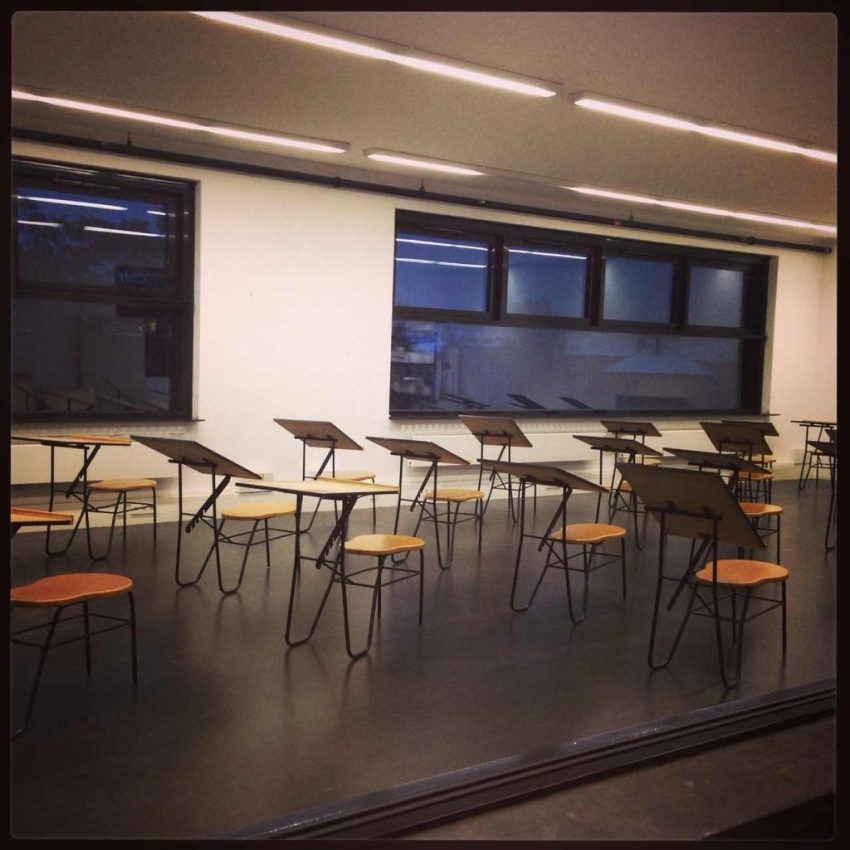
K: And what are the requirements for admission to the master’s program? Is work experience required?
N: If you have graduated from your bachelor’s degree of architecture at ČVUT with a general point average of 1.5 or less and have got an A in the final state exam, you will be admitted to the master’s degree program without an entrance exam.
Everyone else is taking a two-stage exam. At the first stage, you submit a portfolio with your works in A3 format (maximum 30 pieces). Usually, those who plan to apply for a master’s degree program add the projects that they have made in the bachelor’s degree to their portfolio. You will be taught making a portfolio at the university. The committee might accept you right away or send you to the second stage – an interview.
Those who did not get their bachelor’s degree at FA ČVUT pass an exam that consists of one stage – portfolio evaluation.
No work experience is required for admission to the master’s degree program. Now almost everyone continues their studies to get master’s degree, and rarely leaves with Bc. title, because they want to be easily identified as architects thanks to the Ing. Arch. title.
K: I understand that it is strange for a ČVUT student to hear such questions, but still: is it worth it to be eager to get into ČVUT or can other universities be considered as well? Is it difficult to find a job if you didn’t study at ČVUT?
N: At the moment, with the unemployment rate being close to zero in Prague, everyone is hired. So I wouldn’t worry about this. Now there are a lot of people in architectural and design offices who never studied anywhere in the Czech Republic and work having only Russian diplomas.
As for other universities, you need to take into account that your studies depend on the number of teachers who will be in charge of the workshops, where you will work on your projects. There are many architects at large universities, so you can choose whose workshop you will be working at and with which theme. At small universities, the choice is limited. For example, at ČVUT, in addition to the Faculty of Architecture itself, there is also the Department of Architecture of the Faculty of Civil Engineering, and only a few people have workshops there. At the same time, well-known and recognized professionals work at both these faculties.
However, I can recommend you to consider VUT in Brno. People graduate from bachelor’s degree program there and then come to Prague for a master’s degree. Their bachelor’s degree is interesting, because the duration of compulsory period of study is four years, and not three, as at other universities, at the same time, a mandatory internship is included in these four years. This means that after completing a bachelor’s degree there, you will have work experience.
|
|
|
By the way, at this university it seems possible to go for the Erasmus program already during the bachelor’s degree studies, whereas at ČVUT architects have this opportunity only at master’s program.
K: Yet we often hear that the projects that win competitions and are implemented are made by ČVUT graduates.
N: Usually, the projects that win are not the ones of fresh graduates, but of architectural offices, whose heads are architects over 50 years of age. Indeed, they often are ČVUT graduates, because 30-50 years ago there was simply nowhere else to study.
However, no one forbids you to dream about becoming a famous architect whose projects are snapped up like hot cakes right after graduation. In fact, we came to Prague not only to get education, but also to dream.
K: Thanks for the interview!
You only need to do two things for thist – learn Czech and prepare well for the entrance exams.
All this can be done on ILPS preparatory courses of Charles University
Apply in time!
General Contact
ujop@ujop.cuni.cz
+420 212 245 245
Foundation Programmes:
studujop@ujop.cuni.cz
![]() +420 778 754 481 (text first)
CCE Exams, Exams for Faculty of Medicine, MOCK TESTS:
vtc@ujop.cuni.cz
+420 212 245 245 (DID. 3334)
Exams for Permanent Residency:
praha.trvalypobyt@ujop.cuni.cz
+420 212 245 245 (DID. 3334)
Exams for Citizenship:
obcanstvi@ujop.cuni.cz
+420 212 245 245 (DID. 3334)
+420 778 754 481 (text first)
CCE Exams, Exams for Faculty of Medicine, MOCK TESTS:
vtc@ujop.cuni.cz
+420 212 245 245 (DID. 3334)
Exams for Permanent Residency:
praha.trvalypobyt@ujop.cuni.cz
+420 212 245 245 (DID. 3334)
Exams for Citizenship:
obcanstvi@ujop.cuni.cz
+420 212 245 245 (DID. 3334)
ID No.: 00216208, VAT No.: CZ00216208
Data Box ID: piyj9b4
The Institute for Language and Preparatory Studies of Charles University (ÚJOP in Czech)
Vratislavova 29/10
128 00 Prague 2
Czech Republic
